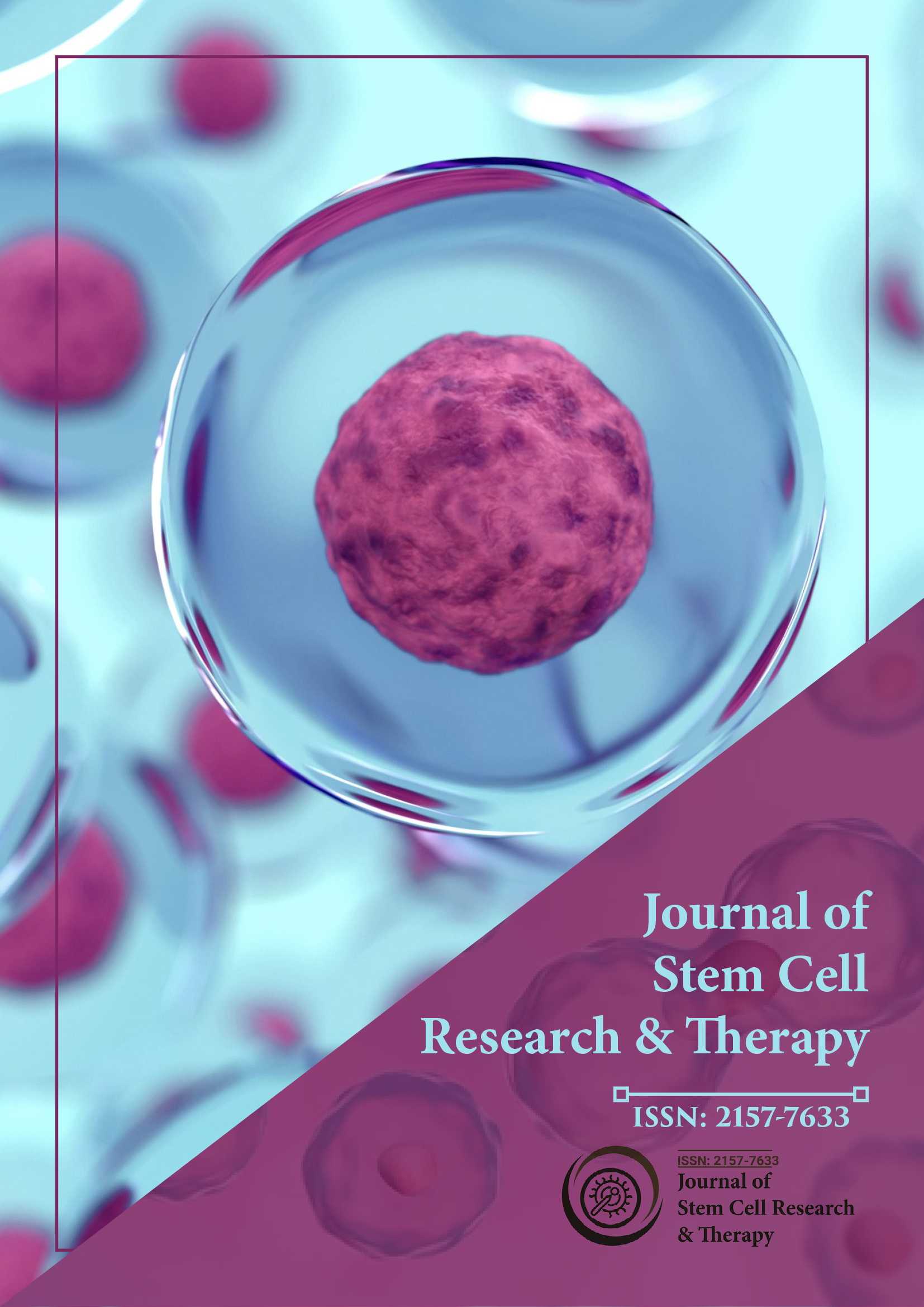Indexed In
- Open J Gate
- Genamics JournalSeek
- Academic Keys
- JournalTOCs
- China National Knowledge Infrastructure (CNKI)
- Ulrich's Periodicals Directory
- RefSeek
- Hamdard University
- EBSCO A-Z
- Directory of Abstract Indexing for Journals
- OCLC- WorldCat
- Publons
- Geneva Foundation for Medical Education and Research
- Euro Pub
- Google Scholar
Useful Links
Share This Page
Journal Flyer

Open Access Journals
- Agri and Aquaculture
- Biochemistry
- Bioinformatics & Systems Biology
- Business & Management
- Chemistry
- Clinical Sciences
- Engineering
- Food & Nutrition
- General Science
- Genetics & Molecular Biology
- Immunology & Microbiology
- Medical Sciences
- Neuroscience & Psychology
- Nursing & Health Care
- Pharmaceutical Sciences
Neurovascular Ultrasonic Imaging & Transcranial Doppler with Spec tral Analysis of Cerebral Blood Flow and Microbubble Resonance for Blood-Brain-Barrier Passage of Regenerative Cell Therapies & Neuro protective Agents in Traumatic Brain Injury, Neurodegenerative Diseas es, Cerebrovascular Disease & Stroke
7th International Conference on Stem Cell, Tissue Engineering and Regenerative Medicine
February 27-28, 2025 | Paris, France
Richard J McMurtrey
Alpine Spine & Orthopedics Institute, USA
Keynote: J Stem Cell Res Ther
Abstract:
Numerous agents are under investigation for their therapeutic, neuroprotective, and regenerative capabilities for many inju ries and pathologies of the central nervous system (CNS), which will require not only optimization of the agents themselves, but also optimization of delivery methods to target the underlying multimodal pathologies. Delivery approaches may in clude intralesional or intrathecal delivery, but many neural injuries and pathologies also involve significant neurovascular flow changes, including traumatic brain injury, concussion, stroke, cerebrovascular disease, and neurodegenerative diseases. Neurotoxic insults may arise from trauma, hemorrhage, vasospasm, excitotoxic ischemia, atherosclerosis, oxidative damage or toxin exposure. In these cases, intravascular delivery can also safely provide dual benefits to the vasculature and neural tissue, but the blood-brain barrier (BBB) presents a significant impediment particularly for large structures like stem cells. New research seeks to study the ability of ultrasonic imaging & transcranial doppler with spectral analysis of cerebral blood flow and microbubble resonance to enhance delivery of regenerative cellular therapies and neuroprotective agents across the BBB. This may provide advantageous CNS delivery methods by temporarily opening windows through the BBB, and applications may include passage and infusion of neuroprotective agents, pharmaceuticals, neurotrophic growth factors, peptides, biologics, neuroglial or mesenchmyal stem cells, and other cellular therapies that optimally target both vascular and neural repair.
Biography :
Dr. McMurtrey is an accomplished physician, surgeon, scientist, and engineer, with clinical expertise in complex minimal ly-invasive regenerative interventions. He holds degrees with highest honors in medicine and surgery, biomedical engineer ing, and neuroscience, and he has led new advancements in image-guided procedures for complex spine, brain, nerve, and orthopedic conditions to provide optimized recovery and regenerative repair of many types of injuries, pathologies, and disorders. He was distinguished as one of the top innovators for his work at the University of Oxford where he pioneered new tissue engineering techniques for growing mini-organs and tissues from stem cells using functionalized nanofiber scaffold ing within 3D patterned architecture. Dr. McMurtrey has published high-impact research in tissue engineering and stem cell biology in several prestigious academic journals, focusing on the synthesis of stem cell constructs in biomaterial scaffoldings with biochemical cell signaling cues that can be used in minimally-invasive tissue repair procedures

